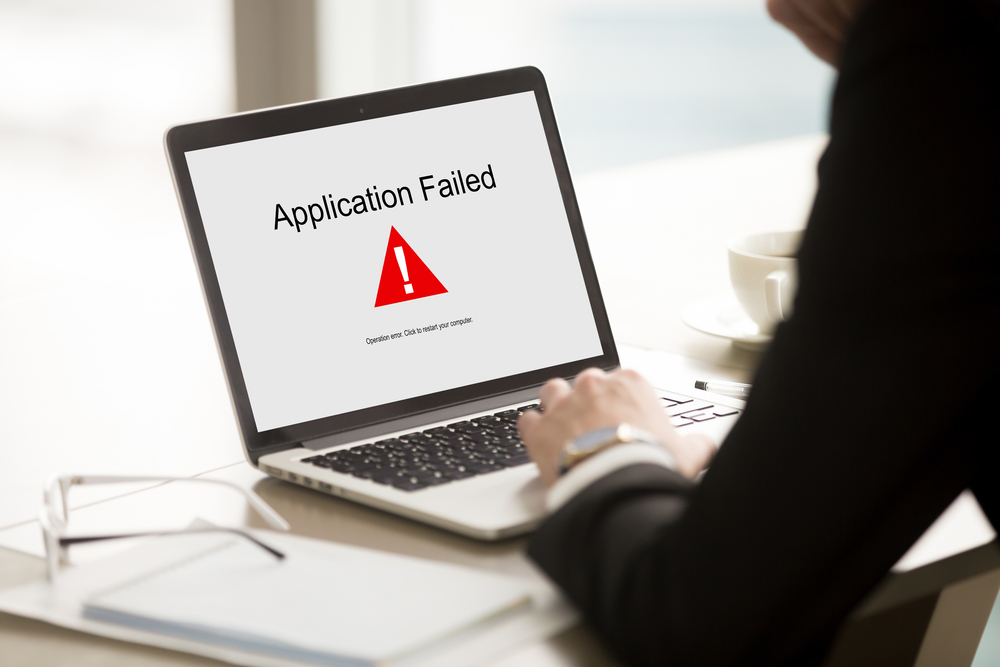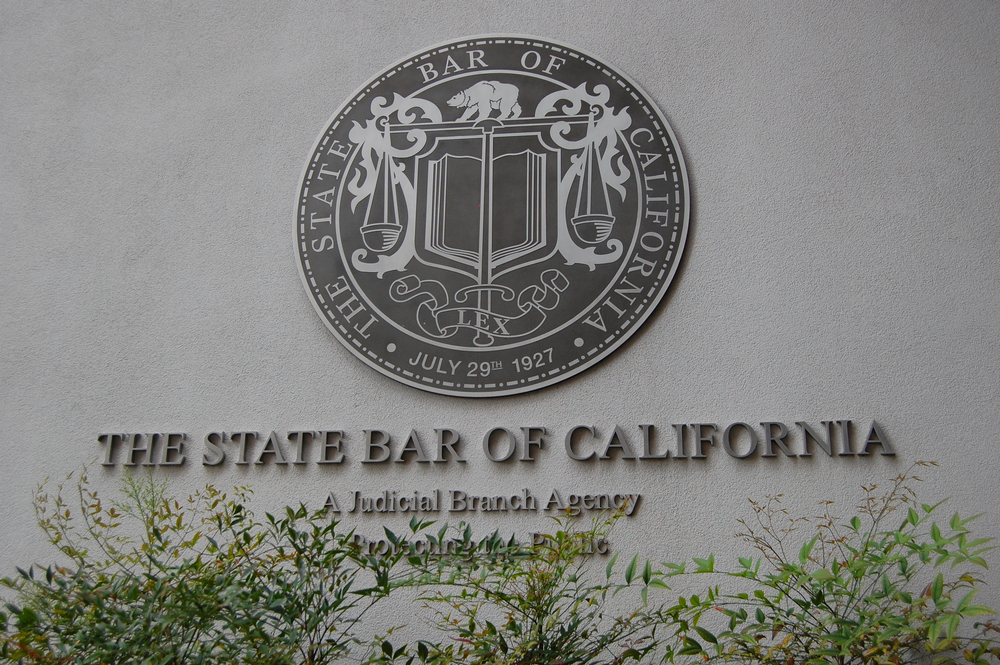In February 2025, the State Bar of California unveiled a highly anticipated update to its Bar exam process. The goal behind California’s new bar exam was to modernize the testing system, offer flexible testing options, and cut administrative costs. Candidates could now choose between in-person and remote formats, marking a major shift from previous years. However, what was meant to be a streamlined, tech-forward solution quickly spiraled into chaos. Widespread technical failures, the unexpected use of AI to create exam questions, and a lack of transparency turned the rollout into a cautionary tale. As California’s Bar exam continues to face intense scrutiny, many wonder how such critical missteps could happen in such a high-stakes process.
The situation has sparked fierce debates about how technology should be integrated into professional licensing exams. With future legal careers at stake, the fallout from this rollout highlights the need for careful planning and thorough testing when introducing new systems.
Technical Failures Shatter Candidate Confidence
The hybrid format of California’s new Bar exam promised flexibility. Instead, it created widespread frustration and confusion.
To start, many examinees reported persistent technical glitches. Systems crashed, screens lagged, and error messages appeared mid-exam. Several candidates couldn’t complete or save their essays. Others struggled with basic tasks like copying and pasting text.
Moreover, premature exam submissions added even more chaos. In several alarming cases, proctors submitted exams without candidate approval. One examinee lost the opportunity to answer 50 questions because the system abruptly closed her test.
As a result, many candidates reported feeling immense anxiety and helplessness during the exam. Some even described the experience as traumatizing, noting that months of preparation felt wasted because of issues beyond their control. Clearly, these failures eroded trust in the fairness and reliability of California’s Bar exam.

AI-Generated Questions Stir Deep Concern
While technical issues created one layer of problems, controversy deepened when the State Bar admitted to using AI to develop exam questions. Specifically, ACS Ventures created 23 out of the 171 scored multiple-choice questions with AI assistance.
Critics immediately voiced concern. Many argued that allowing non-lawyers to generate legal exam content through AI compromised the exam’s integrity. Furthermore, since ACS Ventures both created and validated the questions, many observers flagged a serious conflict of interest.
To make matters worse, the California Supreme Court only learned of the AI usage after the exam had concluded. In response, the Court demanded detailed explanations about the vetting process behind these AI-generated questions.
This revelation added another layer of distrust. Candidates expected a rigorous, lawyer-driven examination, not AI-generated questions that might not fully capture legal reasoning. Unquestionably, the lack of transparency severely weakened public confidence in California’s new Bar exam.
Efforts to Repair the Damage
In an attempt to regain trust, the State Bar quickly proposed several remedies. First, the Bar requested a lower passing score, moving from 560 down to 534. This adjustment aimed to account for the challenges and disruptions candidates faced.
Additionally, the Bar introduced the concept of “score imputation.” Rather than punishing candidates for incomplete exams caused by glitches, they plan to estimate missing scores based on completed sections. This method offers a fairer outcome for those who endured system failures during California’s new Bar exam.

Looking forward, the Committee of Bar Examiners is exploring new paths. Provisional licensure programs or supervised practice opportunities may soon become available to affected candidates. If implemented, these initiatives could allow examinees to continue progressing toward their legal careers while minimizing further disadvantage.
Despite these efforts, many legal experts stress that a few policy changes will not be enough. To truly restore confidence, the State Bar must commit to extensive reforms, including independent auditing of future exams and more robust technology vetting.
Lawsuits and Institutional Changes Follow
Beyond public outrage, legal and institutional consequences quickly followed the exam debacle. Several candidates wasted no time in filing a federal lawsuit against Meazure Learning, the vendor responsible for the exam’s technology platform. They accused the company of failing to deliver a stable, reliable testing system, especially for an exam carrying such high stakes.
At the same time, the California Supreme Court decided to take stronger action. It announced plans to restore oversight of the bar exam’s administration and budget to the Committee of Bar Examiners.

Furthermore, there is growing pressure from legal organizations to create a more transparent admissions process. Many advocate for third-party oversight during major changes to California’s Bar exam. These voices argue that without independent checks, the same mistakes could easily happen again. Clearly, the ripple effects of this new rollout will continue for months, if not years, to come.
Final Thoughts
Ultimately, California’s new Bar exam started with high hopes. State leaders envisioned a flexible, modern, and cost-effective testing system. Yet the reality proved very different.
Technical glitches created unnecessary obstacles. The use of AI in question development introduced doubts about validity. Worst of all, a clear lack of communication shattered trust between candidates and authorities.
Going forward, the State Bar must do more than patch the immediate damage. Officials must commit to full transparency, robust system testing, and genuine accountability. Only then can California’s Bar exam regain the trust and respect it needs to uphold the integrity of the legal profession.
California’s experience stands as a stark reminder: innovation without caution can do more harm than good. Future reforms must balance technology with human judgment to protect the fairness of one of the most important professional gateways.
Read More: In His Last Moments, Pope Francis Made One Final, Touching Gesture to a Nurse

